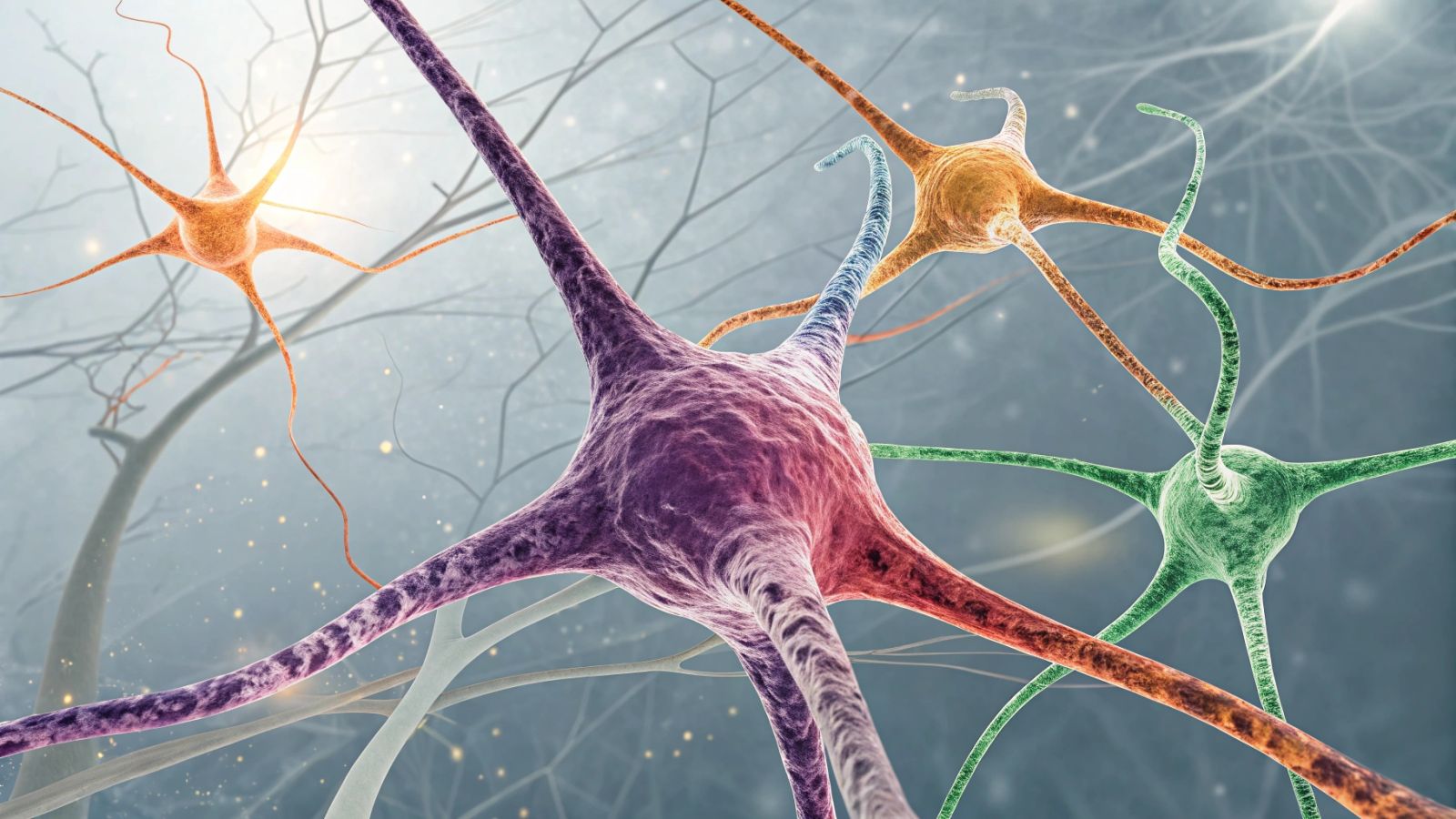Discovery of a new type of brain cell never observed before 🧠
Published by Cédric,
Article author: Cédric DEPOND
Source: Nature Neuroscience
Other Languages: FR, DE, ES, PT
Article author: Cédric DEPOND
Source: Nature Neuroscience
Other Languages: FR, DE, ES, PT
Follow us on Google News (click on ☆)

Astrocytes, star-shaped cells, play an essential role in supporting neurons and maintaining brain health. While their function in gray matter is well-documented, their diversity in white matter remained poorly understood. Thanks to cutting-edge techniques like single-cell RNA sequencing, scientists have revealed the existence of specialized subtypes, including one that is particularly proliferative.
The unsuspected diversity of astrocytes
Astrocytes in white matter do not form a uniform population. The study highlighted two distinct types: one, widely distributed, ensures support and metabolic regulation functions. The other, located in the cortical white matter, stands out for its ability to actively multiply. This functional diversity reveals an unsuspected complexity in the role of astrocytes.
These proliferative cells appear to be influenced by specific interactions with other brain cells. They express genes related to cell division and migration, making them unique. Remarkably, some even migrate to the gray matter, suggesting they could contribute to brain regeneration. This discovery challenges the idea that white matter astrocytes are merely passive support cells.
By comparing astrocytes from different species, researchers found that this diversity is conserved throughout evolution. This indicates that these subtypes play fundamental roles in brain function. Understanding these mechanisms could shed light on processes that are still poorly understood, such as the brain's spontaneous repair after injury.
A promising therapeutic potential
The presence of proliferative astrocytes in white matter offers new avenues for regenerative medicine. By understanding the mechanisms that regulate their multiplication, researchers could develop treatments for diseases like multiple sclerosis, where white matter is damaged. These cells represent a potential resource for replacing defective or lost astrocytes.
These astrocytes could also play a role in repair after brain injuries. Their ability to migrate to gray matter suggests they could participate in restoring neuronal functions. Further studies are needed to determine how to harness this property in a therapeutic context, particularly by stimulating their proliferation in a controlled manner.
Although these results were observed in mice, researchers hope to confirm their existence in humans. If similar astrocytes are identified, it could pave the way for innovative clinical applications. The next steps will involve exploring their behavior in disease models and evaluating their potential in preclinical trials.
To go further: What is an astrocyte?
Astrocytes are star-shaped glial cells that play an essential role in supporting neurons. They regulate the brain environment by maintaining the balance of ions and neurotransmitters, while also participating in the formation and protection of the blood-brain barrier. Their presence is crucial for ensuring the stability and proper functioning of the brain.
In addition to their supportive role, astrocytes are involved in communication between neurons. They modulate synaptic activity by capturing and releasing signaling molecules, influencing information transmission in the brain. This function gives them a key role in complex processes like learning and memory.
Finally, astrocytes are also active in responding to brain injuries. They form a glial scar to limit damage and participate in tissue repair. Their ability to multiply and migrate, as shown in this study, makes them potential players in brain regeneration, opening up novel therapeutic prospects.